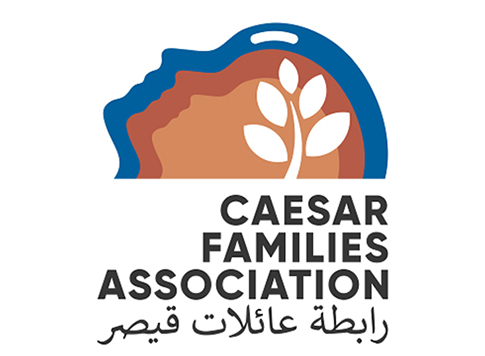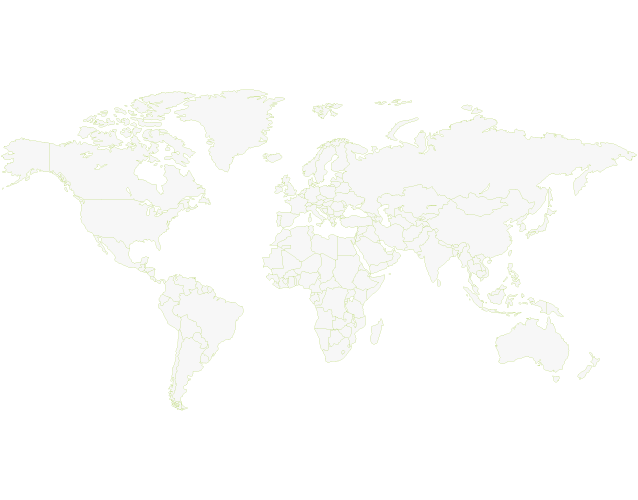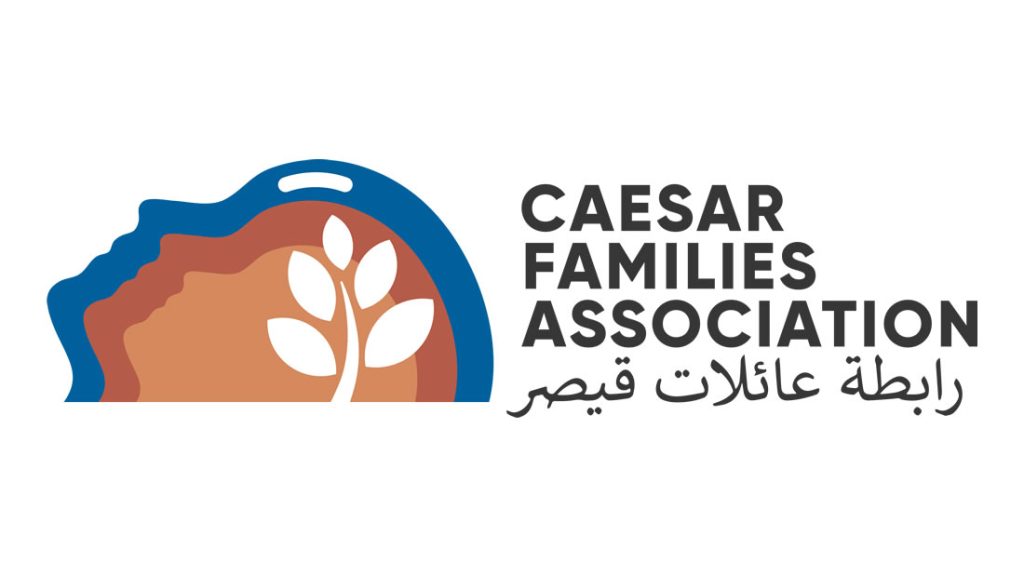Caesar Families Association
Since the Syrian uprising in 2011, the number of detainees in Syrian Government’s detention centers have significantly increased along with the violations of human rights against them.
Caesar Photos: The military photographer, code-names Caesar, was working for the Syrian government for 13 years. Before 2011 his work mainly was to photograph people who died because of accidents or suicide. However, during his work, he noticed that a large number of the bodies were of victims of torture.

Experiences of other countries

ARGENTINA
COLOMBIA
BOSNIA AND HERZEGOVINA

